Full services on line will begin next month
The public have been given their first view of the Elizabeth line station at Bond Street, five months after the rest of the service’s new stations opened.
Mayor of London Sadiq Khan and Transport for London (TfL) commissioner Andy Byford this morning welcomed some of the first customers to the station.
Bond Street is expected to accommodate nearly 140,000 Elizabeth line passenger journeys every day, doubling the number of people currently using the existing station, which serves the Central and Jubilee lines.
The last of 10 new stations to open, Bond Street has had a troubled history, with fears at one stage that it would not be ready until 18 months after the rest of the line.
>> Also read: Queen visits Paddington station for official opening of Elizabeth line
>> Also read: Leadership shake-up at TfL as future investments put on ice
At the beginning of the pandemic, Crossrail Ltd paid the Costain-Skanska joint venture that had been delivering the station £19m to end its involvement, with TfL bringing the scheme in-house with the support of delivery partners Jacobs, Bechtel and Nichols.
According to the latest Greater London Authority figures, Bond Street is estimated to have cost £570m more than the budgeted £110m.
Its opening comes ahead of the beginning of full services across the Elizabeth line – from Sunday, 6 November, lines from Reading, Heathrow and Shenfield will connect with the central tunnels of the Elizabeth line and services will run seven days a week.
The station features step-free access from street to train and two new entrances at Davies Street (near Oxford Street) and Hanover Square (near Regent Street).
The latter of these features the longest escalator on the line and the second longest on the TfL network, behind that at Angel underground station.
New developments will sit above both ticket halls – a 65,000 sq ft office built by Multiplex for Grosvenor above Davies Street, and a Mace-built office and retail space above Hanover Square, developed for GPE.
What happened at Bond Street?
The troubled job, which was being delivered by a Costain-Skanska joint venture (CSJV), was already 18 months behind programme when the pandemic hit.
In 2019, then Crossrail chief executive Mark Wild said the delays went all the way back to 2014, adding: “The reasons for the Bond Street delay are quite interesting actually and they are mostly that the tunnelling was a year late at Bond Street, so Bond Street is a year behind every other station because of the tunnelling back in 2014.”
There had also been clashes between the JV and Crossrail’s management, with the latter’s frustration breaking out into the open in the summer of 2019. Minutes from a Crossrail board meeting that June laid bare its exasperations.
Referring to the recent change of chief executive at Costain the previous month, where the retiring Andrew Wyllie was replaced by Alex Vaughan, the papers added: “The board noted that further change in leadership within CSJV was necessary and expected.”
Before he left, Wyllie had told Building about Bond Street: “I don’t recognise [the] language about lateness.” He said: “Our contract isn’t late, there have been a number of changes in regard to the contract and we are completing the contract in line with the programme.”
While most of Crossrail’s jobs, stalled for 12 weeks by the pandemic in 2020, restarted, work at Bond Street remained mothballed.
According to a report by the Greater London Authority: “The state of Bond Street at that time meant that it was not possible to practise a safe stop of the construction works in response to the pandemic and then restart quickly.
“Crossrail needed to replan and re-sequence all of the work, and the contract that Crossrail had with CSJV was not appropriate.”
On 25 June 2020, Crossrail decided to terminate its contract with the JV, paying it £19m and completing the station on its own.
The GLA report recommended that TfL review its procurement of Bond Street to ensure lessons were learnt for major projects, but said the termination of the contract was a “success story” which ultimately saved the project millions.
According to the report, continuing with the existing contractual arrangement would have cost as much as £775m, compared with the current estimated cost of £680m.





















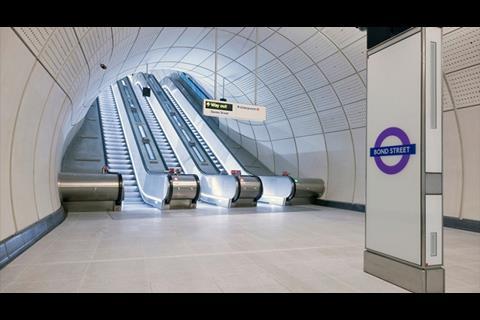


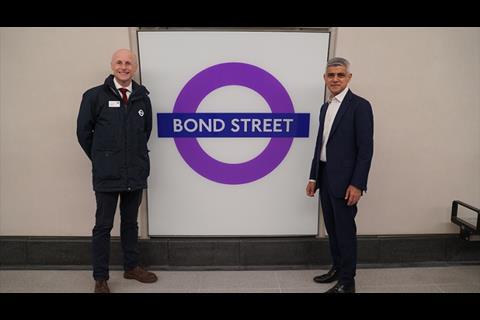
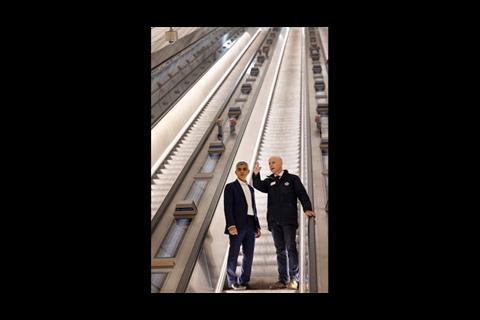
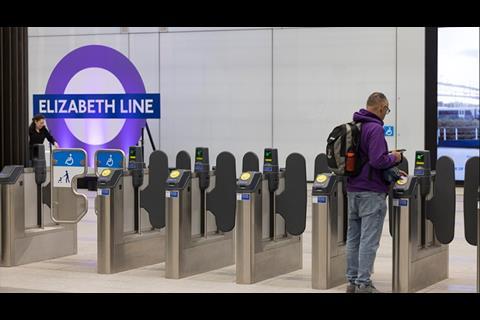
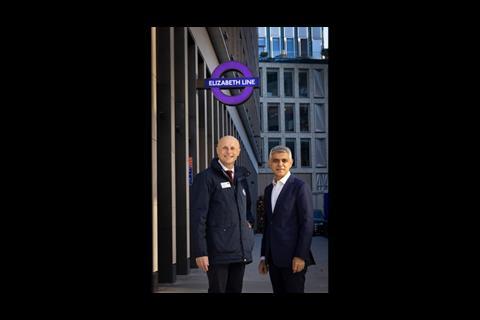




No comments yet